Other Technology | April 25, 2024

Alarm systems are becoming increasingly popular, and Amazon offers one that does not require a monthly fee and integrates with Alexa.
In recent years, the number of households opting to install cameras, sensors, or audible alarms has increased, partly for security reasons and partly due to the prevalence of news related to home invasions, which have become quite common in recent times.
Even telecommunications companies have collaborated with companies in the security sector to offer their customers integrated proposals on their monthly bills. However, the most common practice is still to hire companies dedicated specifically to security, albeit with a monthly fee that not everyone can afford.
That’s why it’s increasingly common to resort to security cameras controlled by the residents of the house, whether or not they integrate an alarm system and sensors. One of the most well-known is Ring, a company that was acquired by Amazon in 2018 and is currently fully integrated with its home ecosystem, especially Amazon Echo and Alexa.
A little over two years ago, I bought a house of a certain size and decided to install an alarm system, as I sometimes spent several days away from it. After looking at several options, I decided on the Ring system because it seemed reliable based on reviews and analysis, as well as the fact that the monthly fee was not mandatory, which we will discuss later.
Ring is a subsidiary of Amazon, but it operates as an independent company, and on its website, you can see the products it offers. The alarm system is similar in all cases, with a control keypad that allows you to arm and disarm the system, and it operates on battery power. This allows you to move it from one place to another in the house without any problem. Additionally, its integrated battery lasts for over six months with daily use.
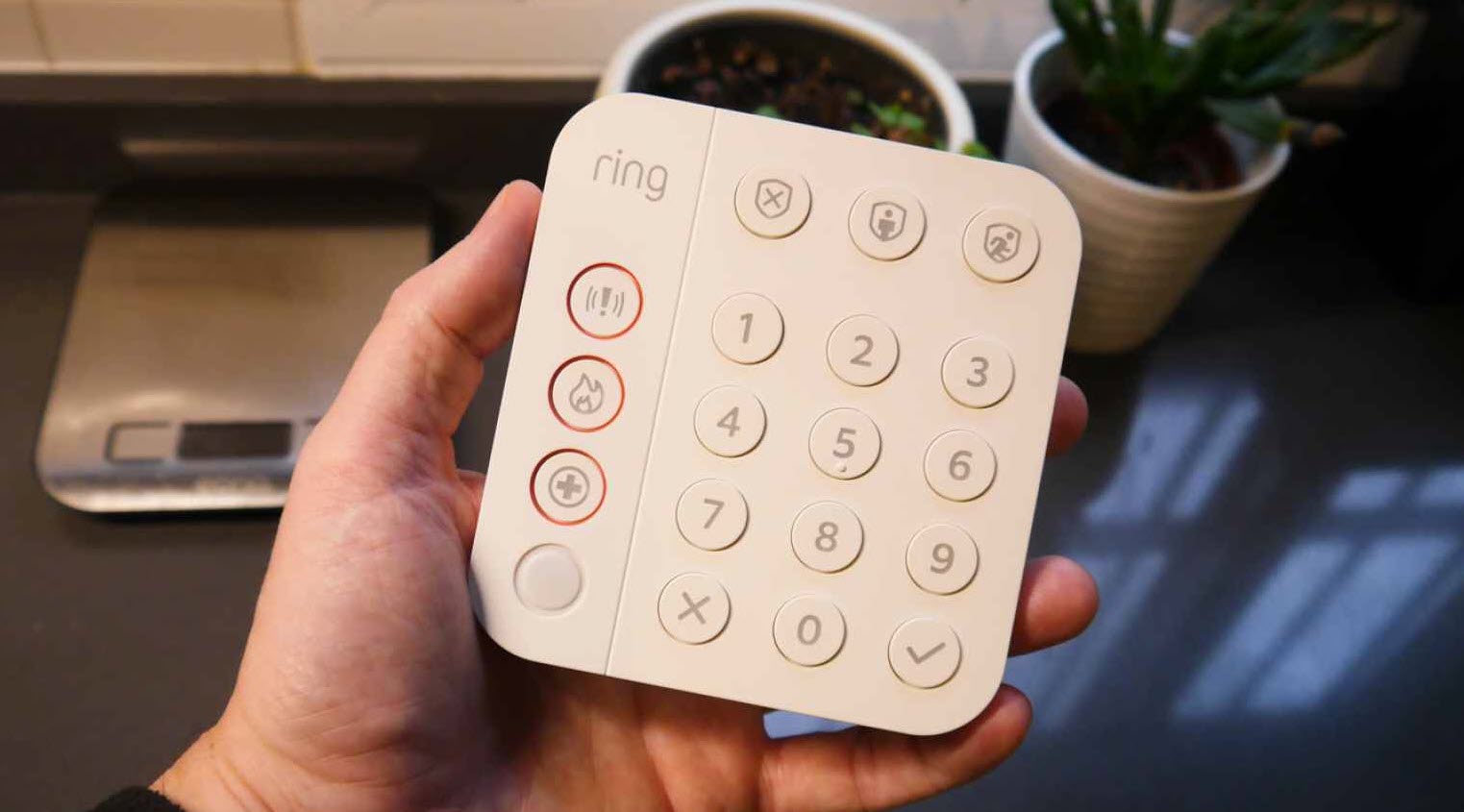
The system has a configurable activation delay to allow time to leave the house without any problems, as well as a scheduling system that allows it to be armed during the night and disarmed early in the morning, just before leaving for work. This system can alternate between the three alarm modes: Home, Away, or Disarmed. The best part is that these modes are also customizable. If you have a large house, like mine, it’s a good idea to purchase a range extender to ensure that the signal reaches all devices.
The control keypad itself is not the alarm; rather, it is a slightly larger box that is typically placed in the center of the house. It has a blue light ring that turns red when the alarm is active, to prevent accidental opening of windows or doors. If this happens, the siren will sound loudly, and you will need to deactivate the alarm. Additionally, if the power goes out, the alarm not only has a small battery backup but also a mobile data system to maintain connection temporarily.
The alarm system controls the various devices connected to the network. In my case, in addition to the cameras, there are motion sensors and contact sensors. The motion sensors are designed to be placed in rooms where there are no cameras, while the contact sensors are placed on doors and windows.
The kit I purchased came with a motion sensor, which I placed in the bedroom where I don’t want to have cameras. It can be placed on a surface or stuck anywhere using the adhesive on the back. If the alarm is activated and motion is detected, in addition to sounding the siren, it will send a notification to the mobile phone.
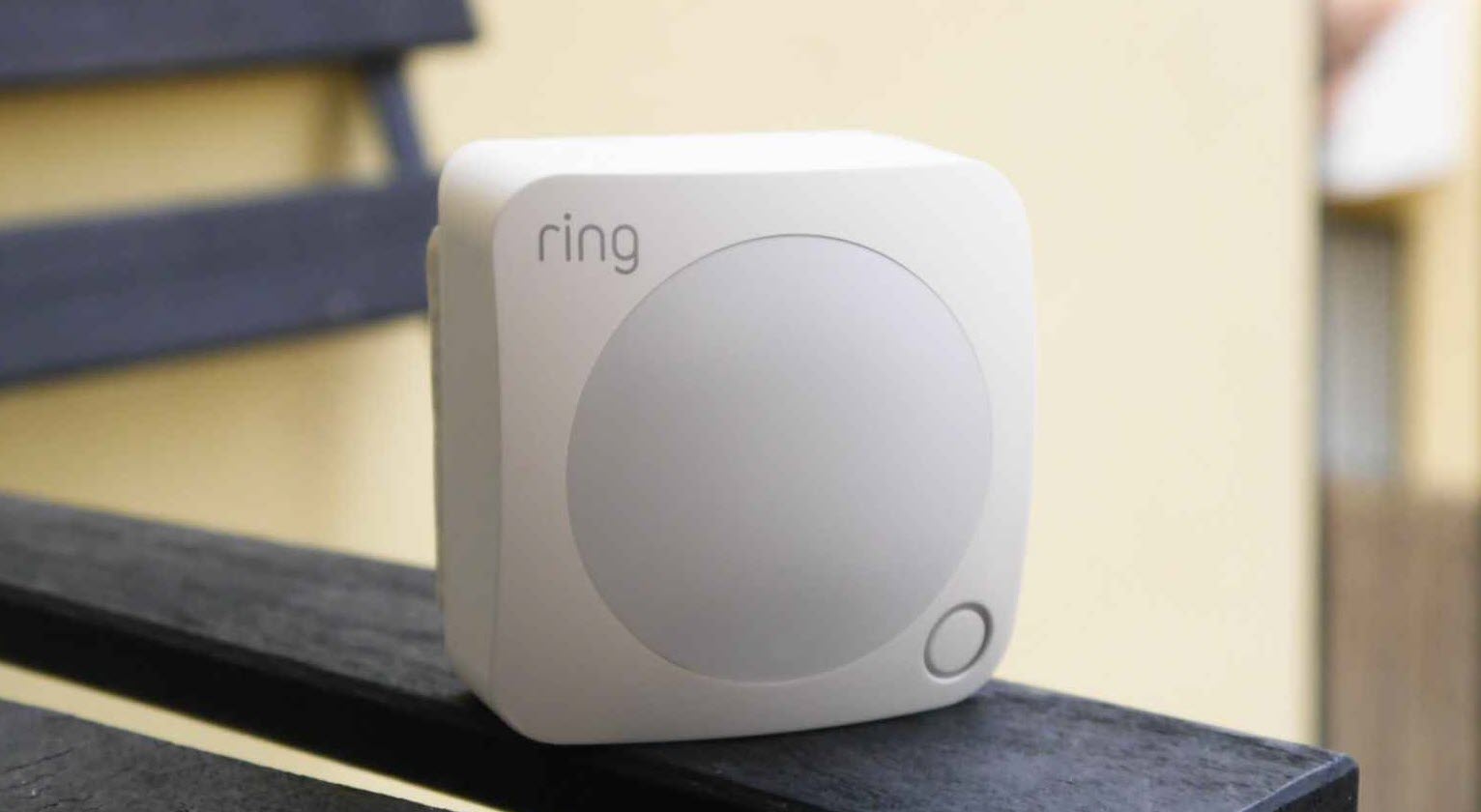
The sales box also included several access sensors, although I have purchased some additional ones later on. In this case, I placed them on the doors of the house, configuring only one as the main entrance. This means that if someone enters through that door, instead of triggering the alarm, there is a 10-second grace period to deactivate it. However, a notification is instantly sent to the mobile phone, so you can still be informed if someone enters. If desired, you can set it up so that each time one of these sensors detects the opening of a door or window, a slight beep sounds in the alarm. This allows you to know when a door has been opened without being disruptive in everyday life. In two years, I haven’t wanted to deactivate it at any time.
The other type of devices that can be integrated are cameras. Ring offers several available models, which are purchased separately, and they come in both wired and battery-powered options. In my case, I opted for two units of Ring Spotlight Cam Plus Battery, wire-free for the exterior, and another two wired for the interior rooms.
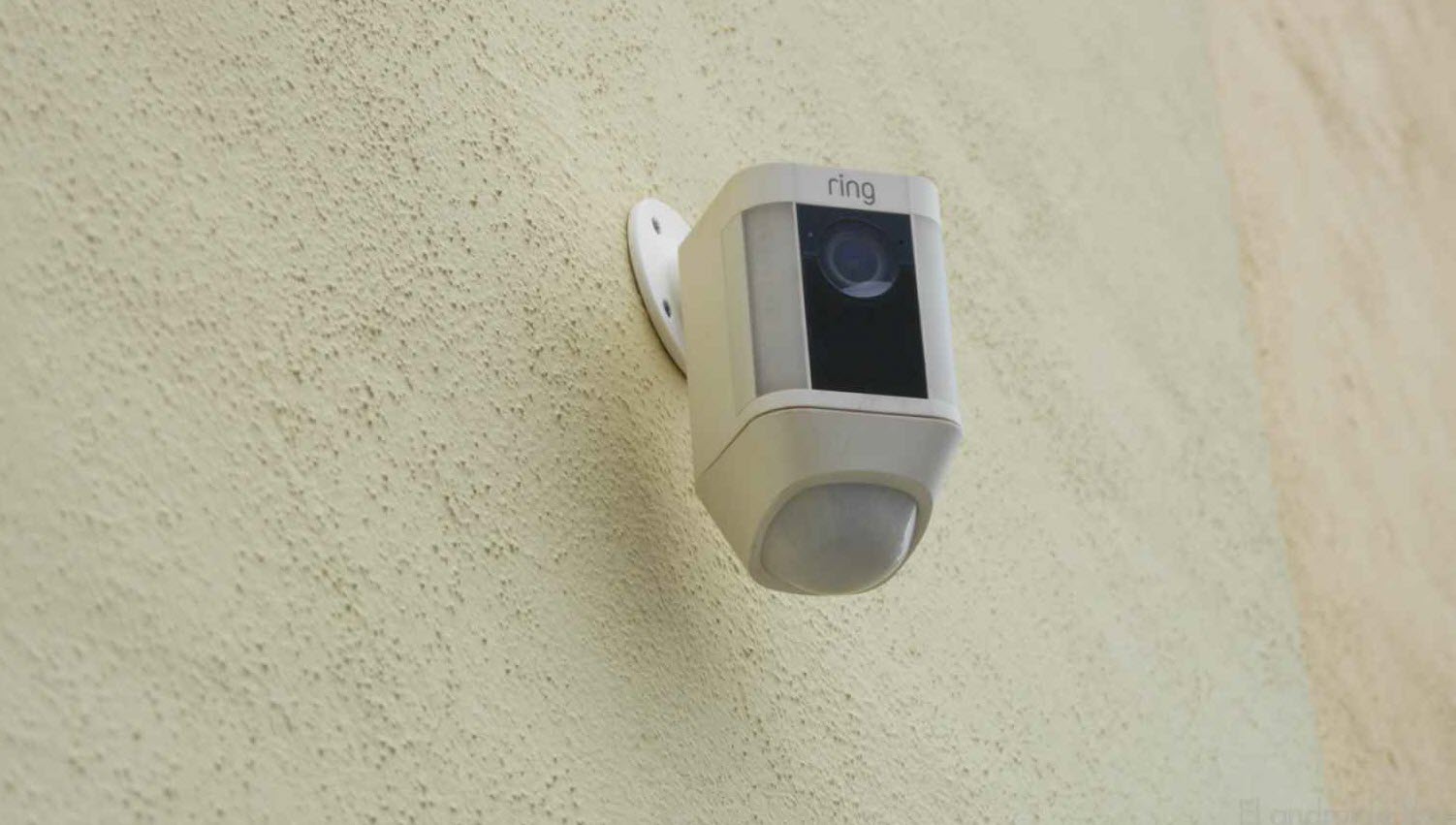
The exterior cameras feature a light that illuminates the area at night when motion is detected, although they also have night vision capabilities. The application allows you to control the cameras and set up blind spots, in case they are facing a neighbor’s house or the street but you don’t want to have any issues. Through the app, you can listen to the sound captured by the cameras and even speak through them.
The indoor models are the most basic, with a cable that eliminates the need for battery charging, as is the case with the outdoor ones, although they have a battery life of 6 months and the ability to use two simultaneously. However, indoor requirements are much lower, and I opted for the second-generation Ring Indoor Camera.
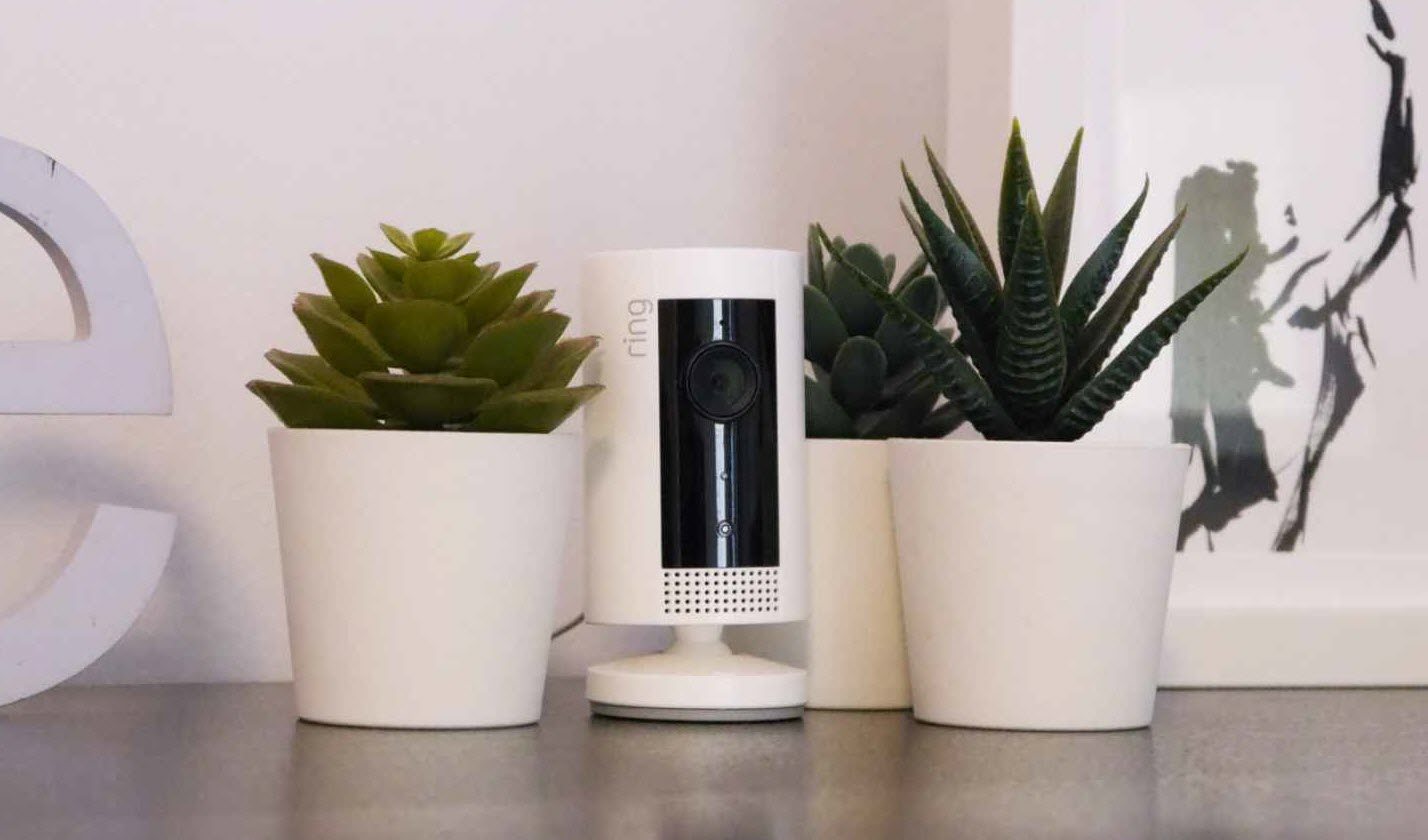
There are other models available, some with much more powerful lighting, others without lights that are more affordable, and even some with solar panels to avoid battery charging. All cameras can be viewed not only from the mobile app but also from a web page on any computer, as well as on Amazon speakers with screens.
One of the advantages of these cameras is their integration with Alexa, allowing you to view the video feed directly from Amazon Echo Show devices with screens. This way, you can do away with the need for a mobile phone to view the cameras if you are at home.
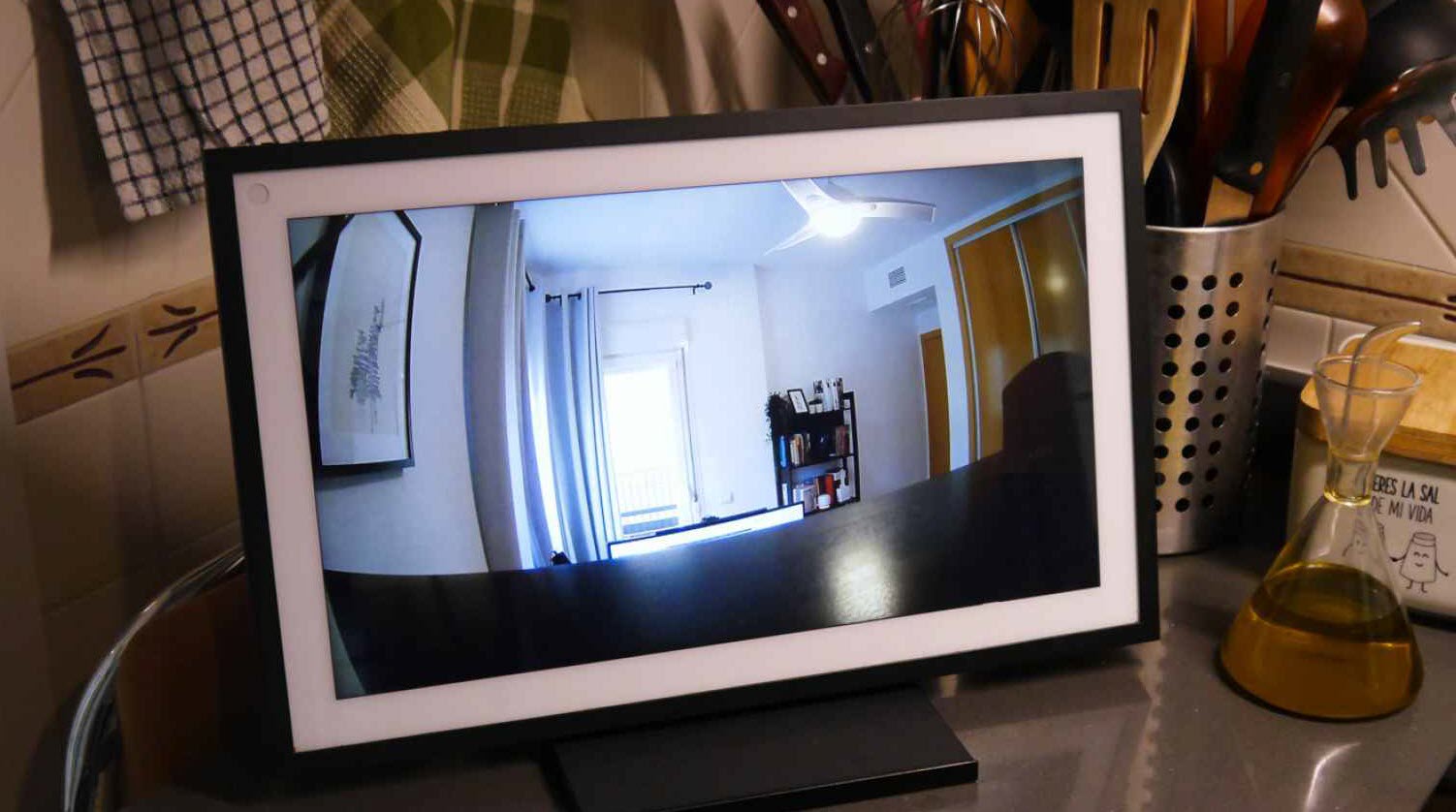
Another advantage of integrating the Amazon assistant is the ability to arm and disarm the alarm by voice, eliminating the need to search for the phone or the control keypad. However, to disarm it, you must say the unlock code aloud, so it may not be a good idea if you live close to your neighbors. It’s even possible to open the door if you purchase a Ring Intercom, although I don’t have one in my case.
However, the main control of the alarm is carried out through the mobile application. It is available for both Android and iOS, and it allows you to arm or disarm the alarm, view the different cameras, and even configure the Modes. This allows the system to behave differently when you are at home, away, or when it is deactivated.
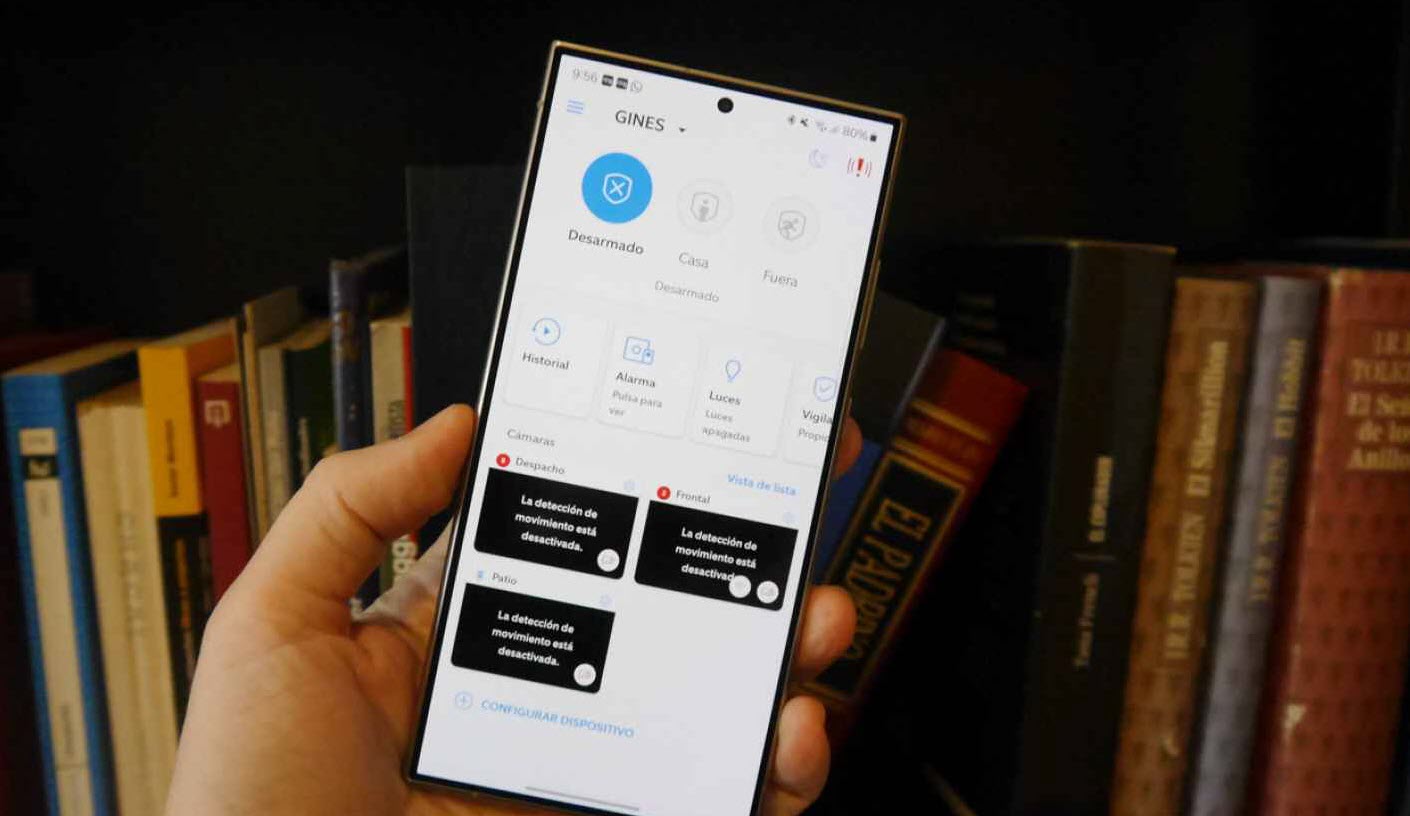
Each of these three modes allows for detailed control of the elements. For example, in my case, everything is turned off in the Disarmed mode, everything is activated in the Away mode, and only the perimeter elements are activated in the Home mode. This allows me to move around the house without triggering the alarm, but it prevents opening doors and windows.
Although one of the reasons I chose this system was that it didn’t require a monthly subscription, it is true that some features are behind a paywall. You can pay €3.99 per month for each camera in the house or €9.99 per month to cover all of them. These are the Protect Basic and Protect Plus plans.
The main advantage of these plans is that they not only allow you to view live video but also access past recordings, something that is not possible with the free mode. However, in my case, I usually only subscribe when I go on vacation because what I value most about the system is being able to view the cameras from another city and be reassured that nothing is happening at home.
All alarm systems have their pros and cons, but the main choice is whether you want one permanently connected to a central system operated by professionals and pay the monthly fee, or have one managed by yourself, with the option to pay a very low monthly fee when necessary.
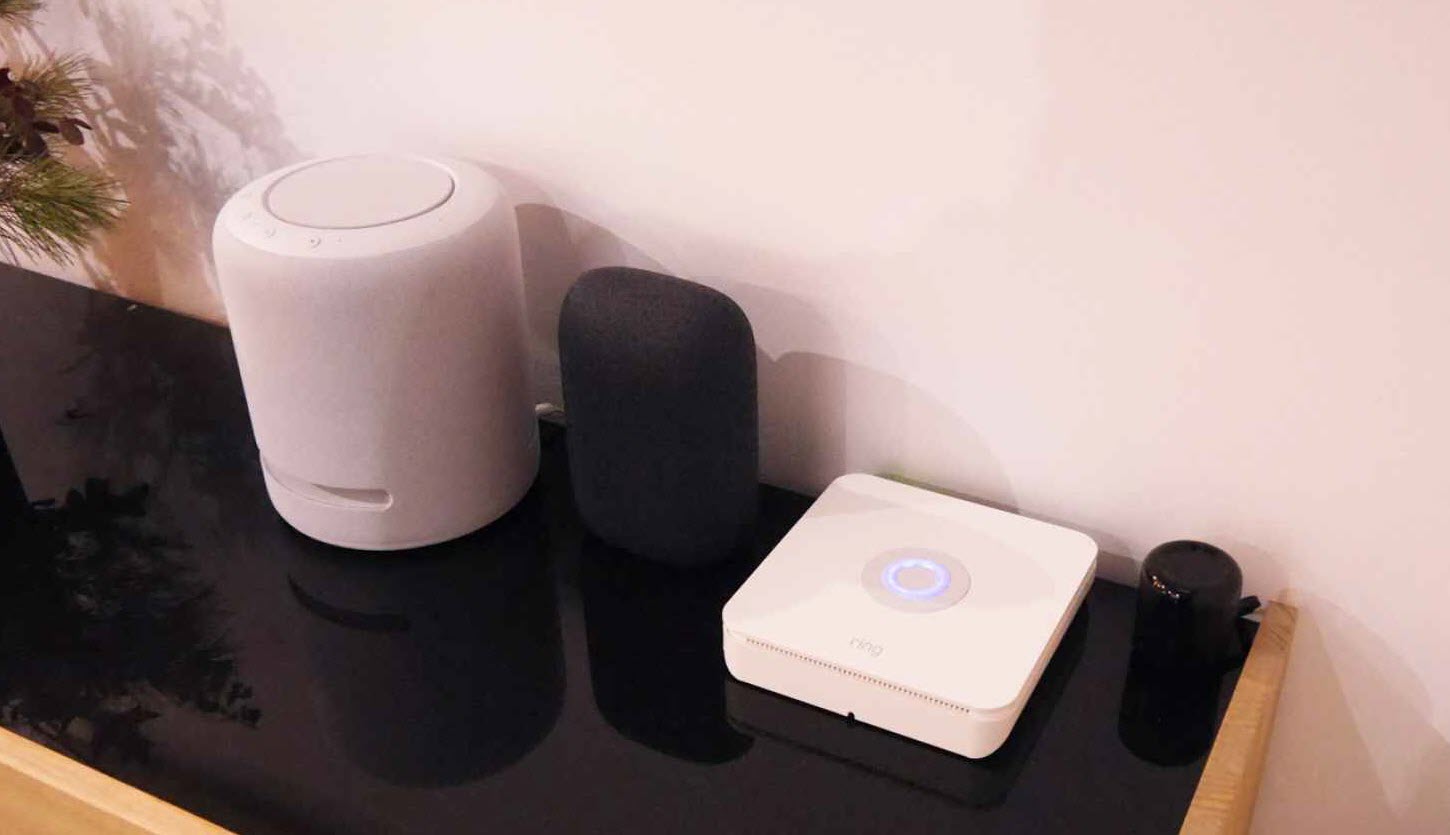
If the latter case is what appeals to us, then the Ring system is a good option. Additionally, being from Amazon, they often have very strong offers during Prime Day and Black Friday, moments in which it is even possible to find many products at 50% off their official price, which, on the other hand, is not particularly high when compared to other alternatives.
Furthermore, being a modular system, you can purchase the alarm with certain sensors initially and then add more units of the preferred type, add cameras, buy an Echo Show to view them, etc. This versatility, along with the possibility of paying the monthly fee only at certain times of the year, is something to consider if it fits with our lifestyle.